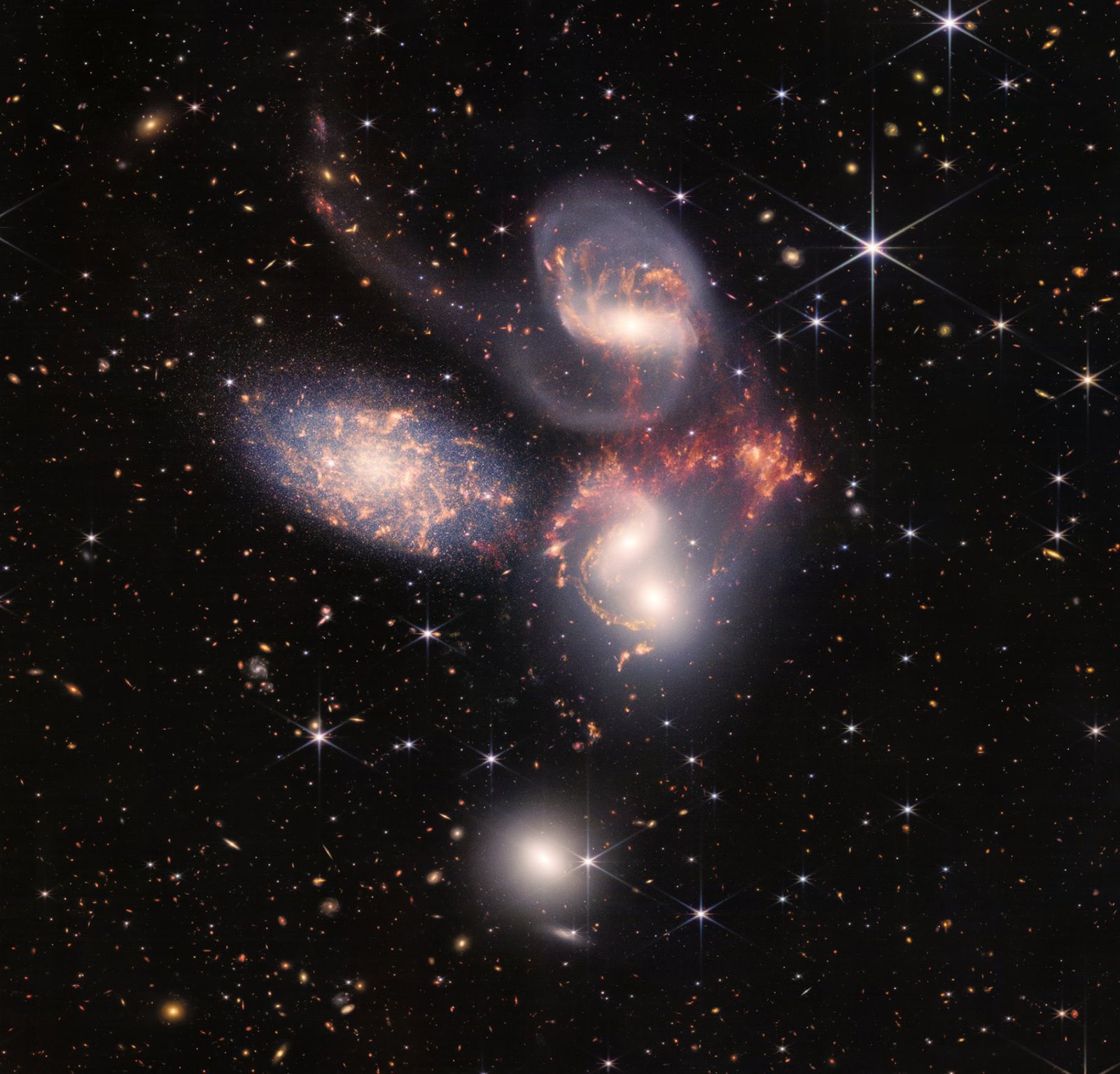The James Webb telescope: Looking through space and time

From Copernicus to contemporaries such as Galileo, Kepler and Huygens, up to the more recent Hubble and Sagan, understanding the principles of the telescope has been a long-time endeavour for man.
The physics of optics and waves provide a sterling focal point for this understanding.
Man has long been fascinated by not just stars but the entire celestial bodies, even the one which seems almost enigmatic.
An earth guide from the University of California asserts that astronomy is the oldest science. This further confirms that astronomy is more than simply a mapping of stars and planets into outlines of gods and magical creatures. It is the scientific study of the contents of the entire Universe, stars, planets, comets, asteroids, galaxies, space and time, as well as its history.
Telescopes help facilitate this understanding. An optical instrument that utilizes the use of lenses, curved mirrors, or a combination of both to observe distant objects, telescopes can achieve this far-seeing through their reflection, absorption or emission of electromagnetic radiation.
The James Webb telescope is the largest optical telescope in space. It can view objects which are too faint, distant or too old for the Hubble Space Telescope. It has an improved infrared resolution and sensitivity.
It recently provided pictures from a million miles from Earth which has given humankind the clearest images ever of some of the furthest reaches of the universe.
These images are worth millions of words and billions of dollars because from deep space where flashes of light float in blackness, it takes billions of years for photons at 186,000 miles-per-second to get to our solar system.
Hence, the snapshots from the telescope may look as if from the future, but they provide documentation of the cosmos.
Although the first known practical telescopes were invented at the beginning of the 17th century, the new telescope emboldens us to dream bigger about journeys into space and theorize anew about those impossible-to-envision beginnings.
This new vision more than anything reminds us of the immeasurable limits of what we know 117 years after Einstein’s theory of special relativity and some 500 years after Copernicus posited that the planets orbited the Sun.
There are still lots of questions unanswered. For example, ‘how much matter is there in the Universe?’
Also, physicists believe the universe to be expanding, but do not know where or how it ends.
Given the vastness of space, the possibilities are endless. However, this endless contemplation is what makes us human. The simple fact that we know we do not know is a certain variant of confidence.
And of course, with ever-expanding knowledge comes humility.







